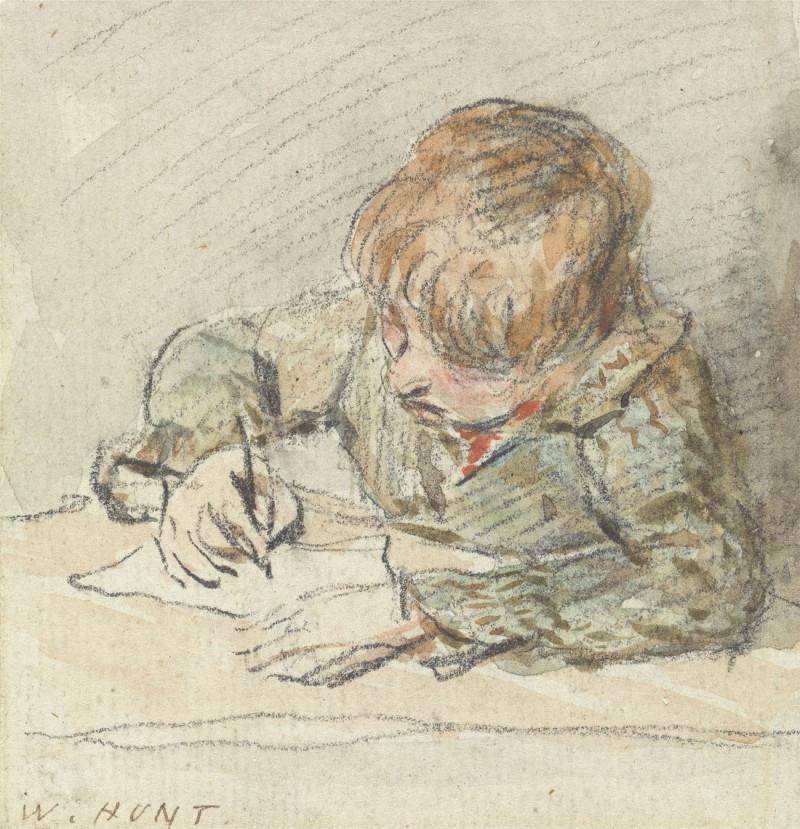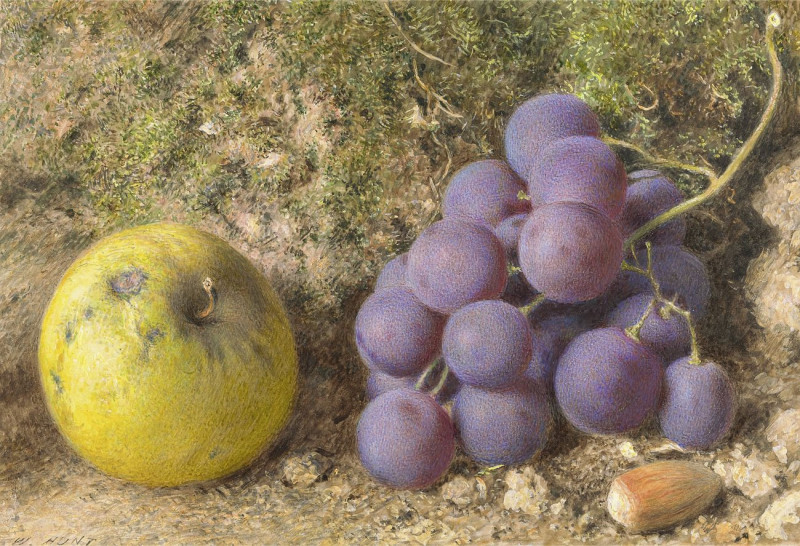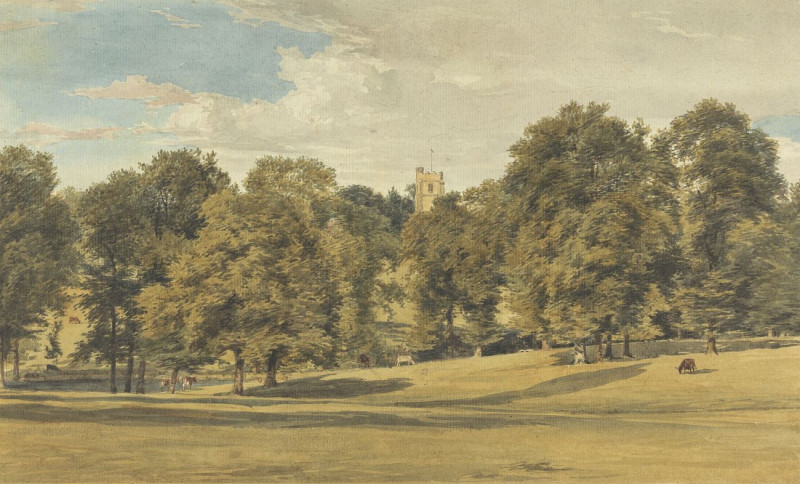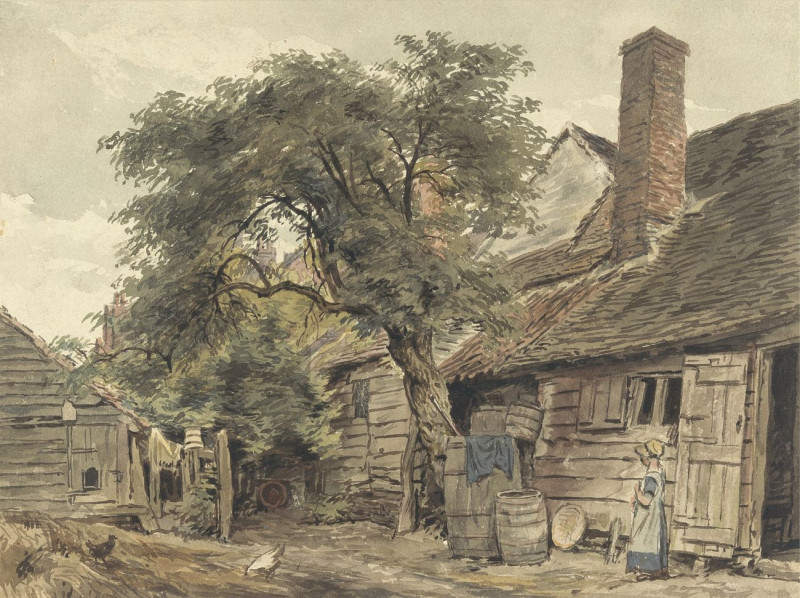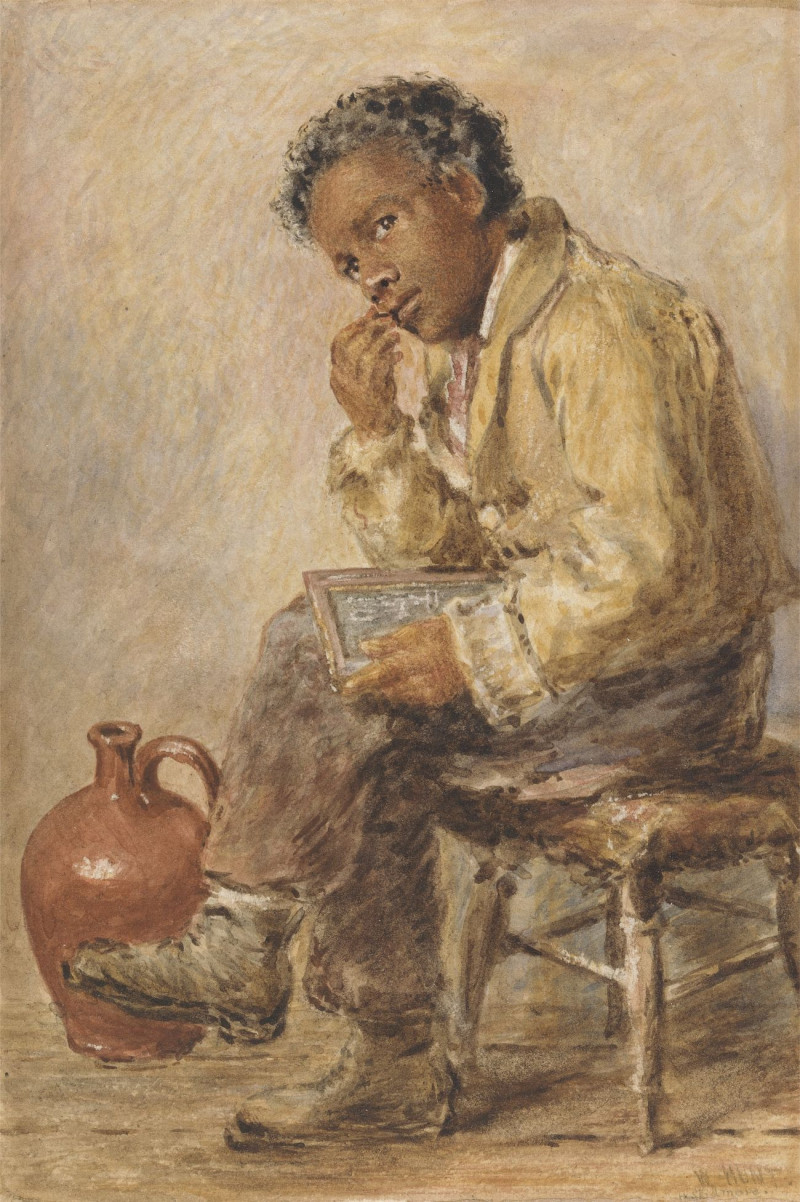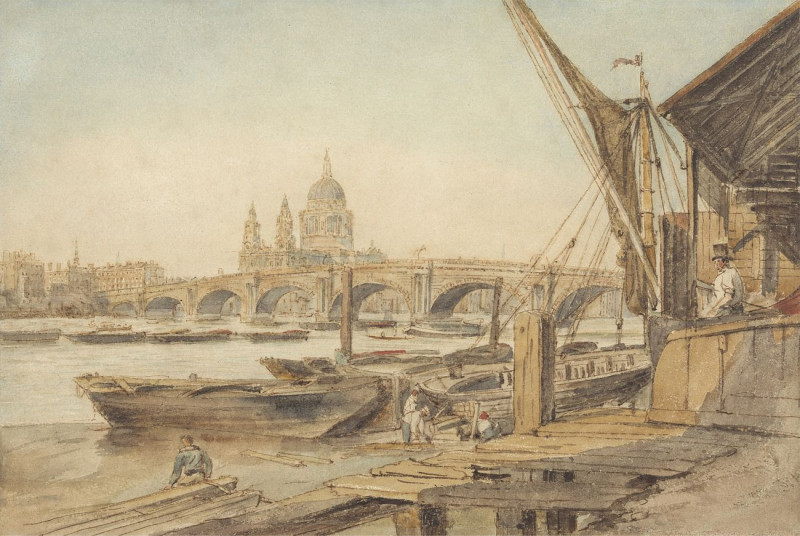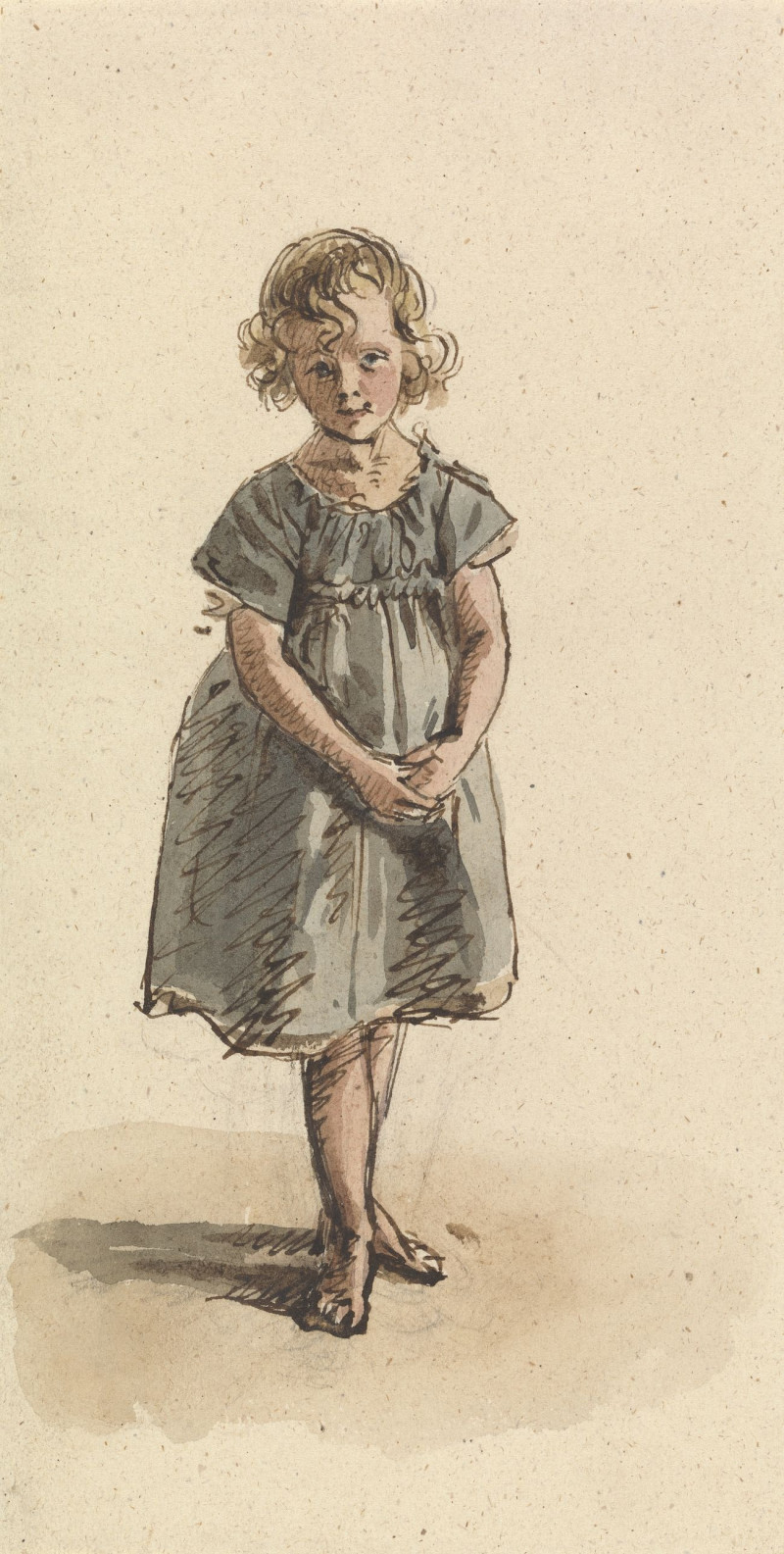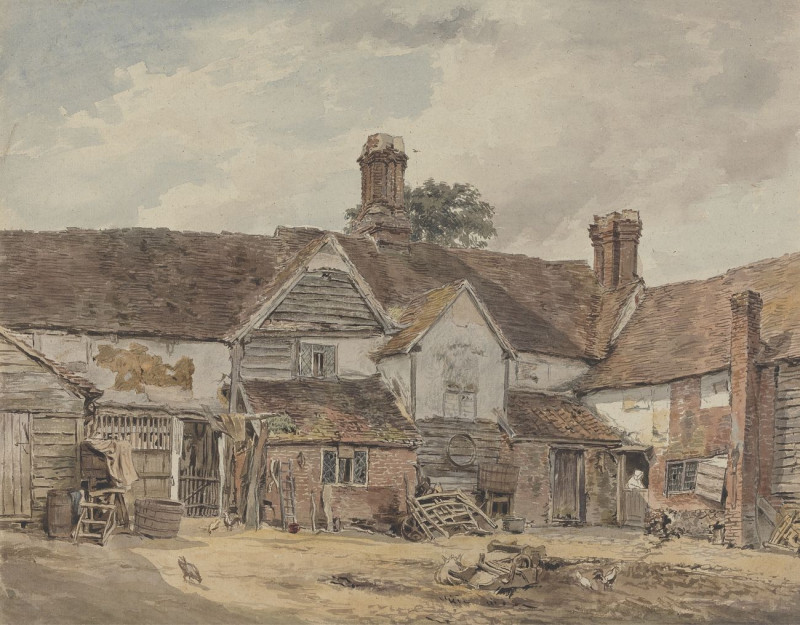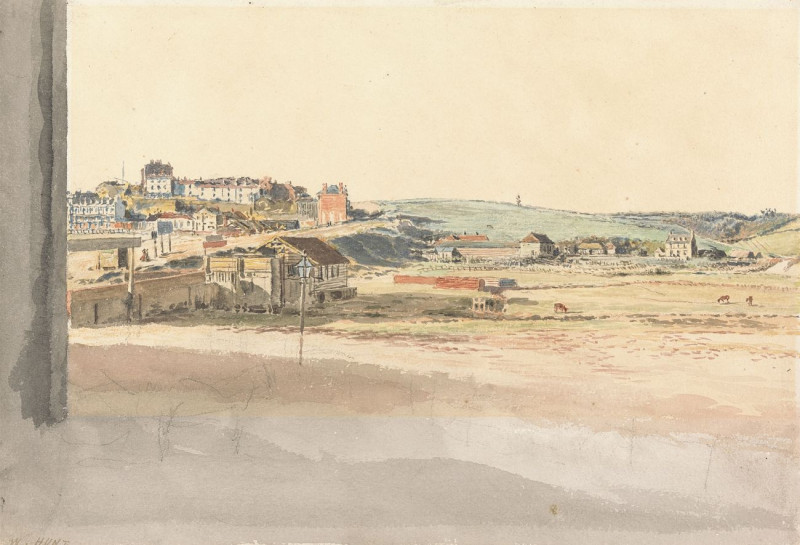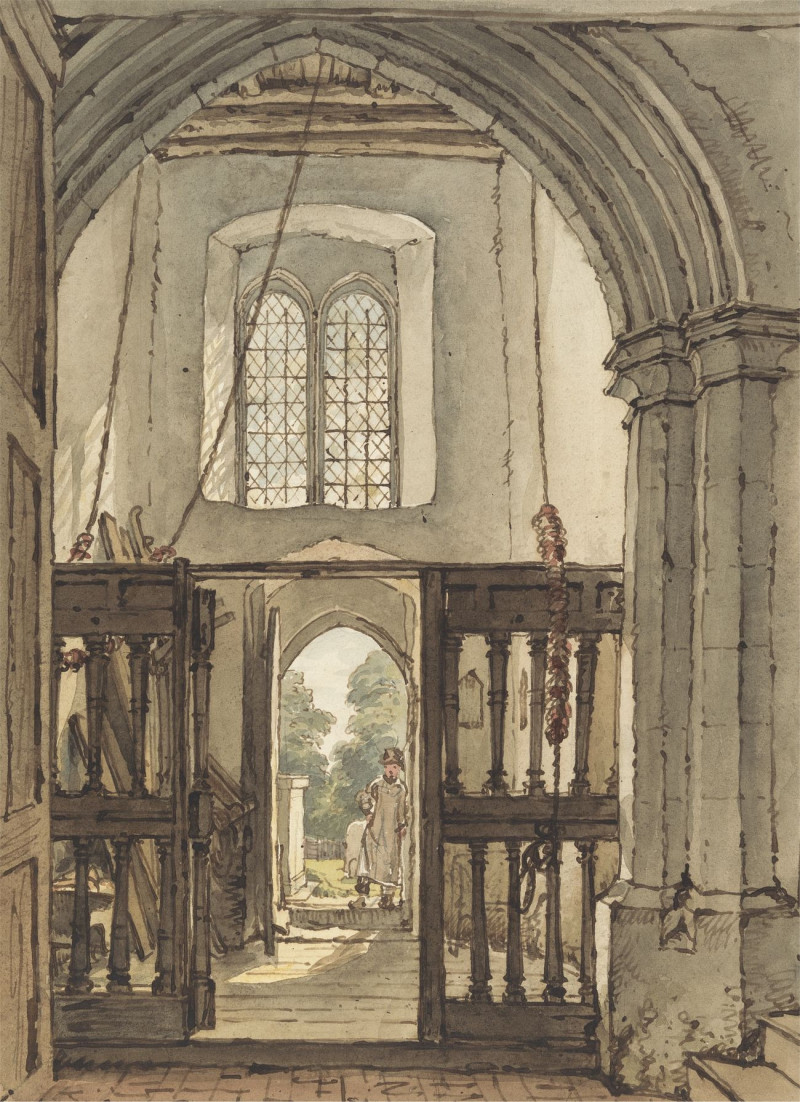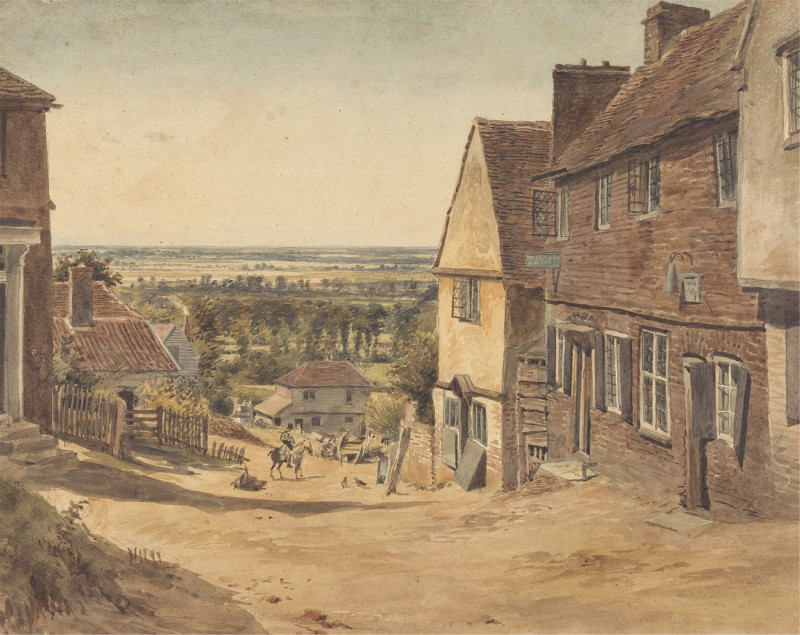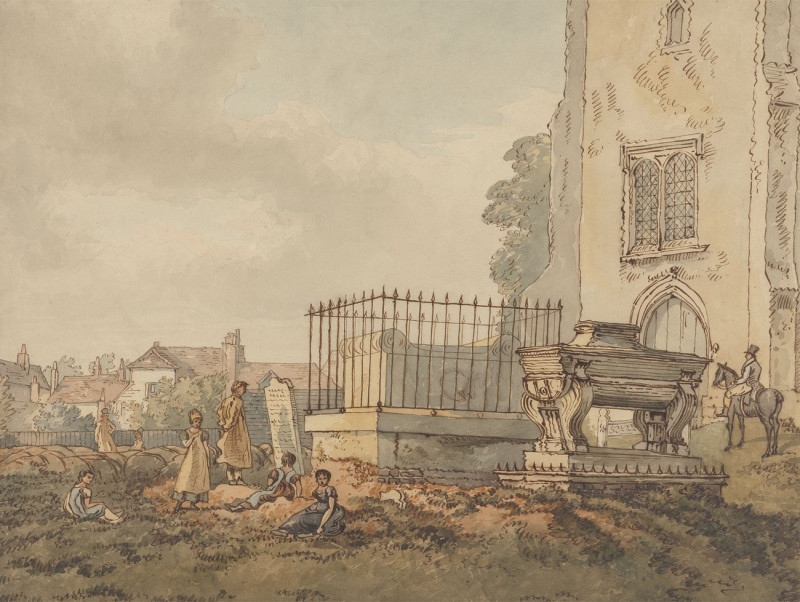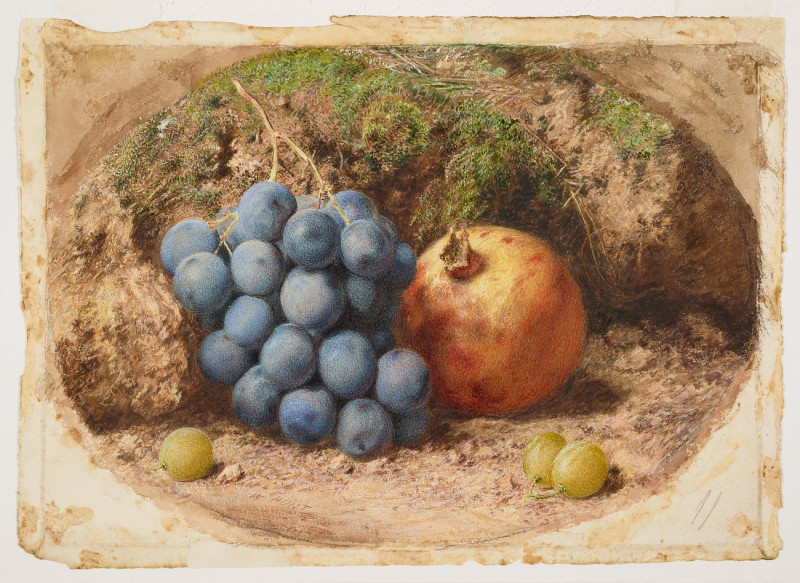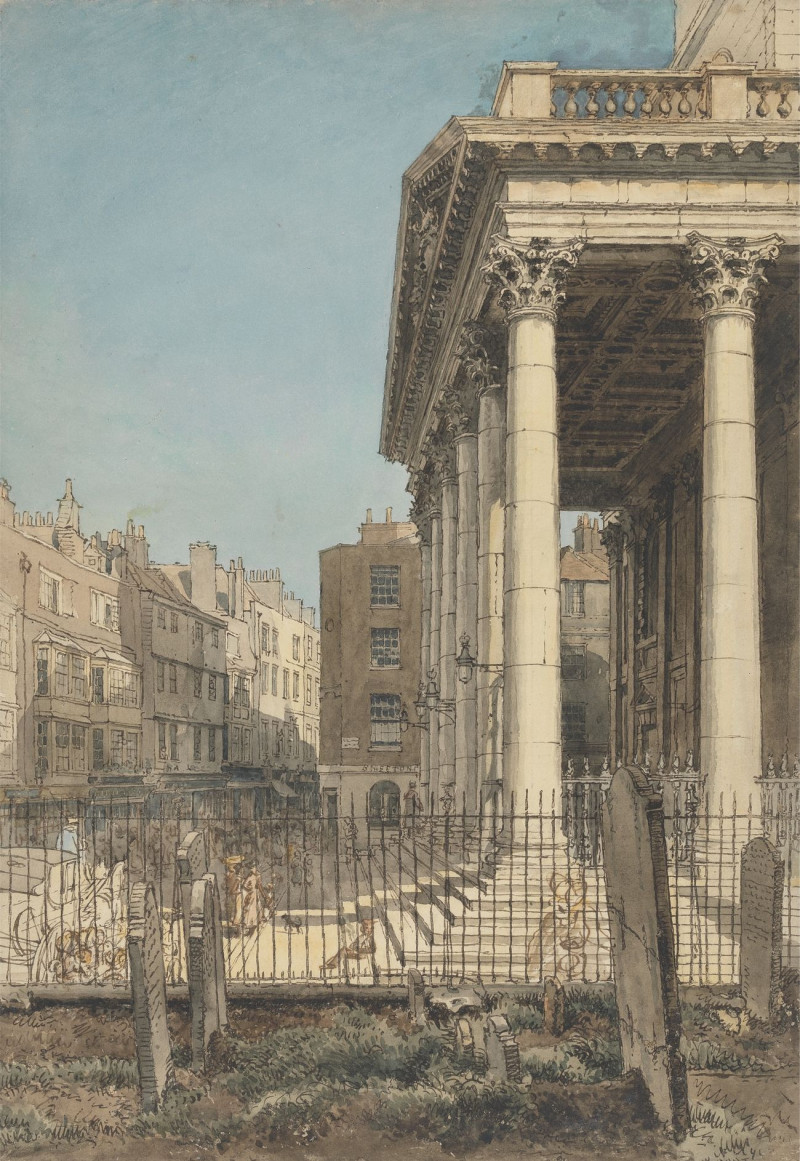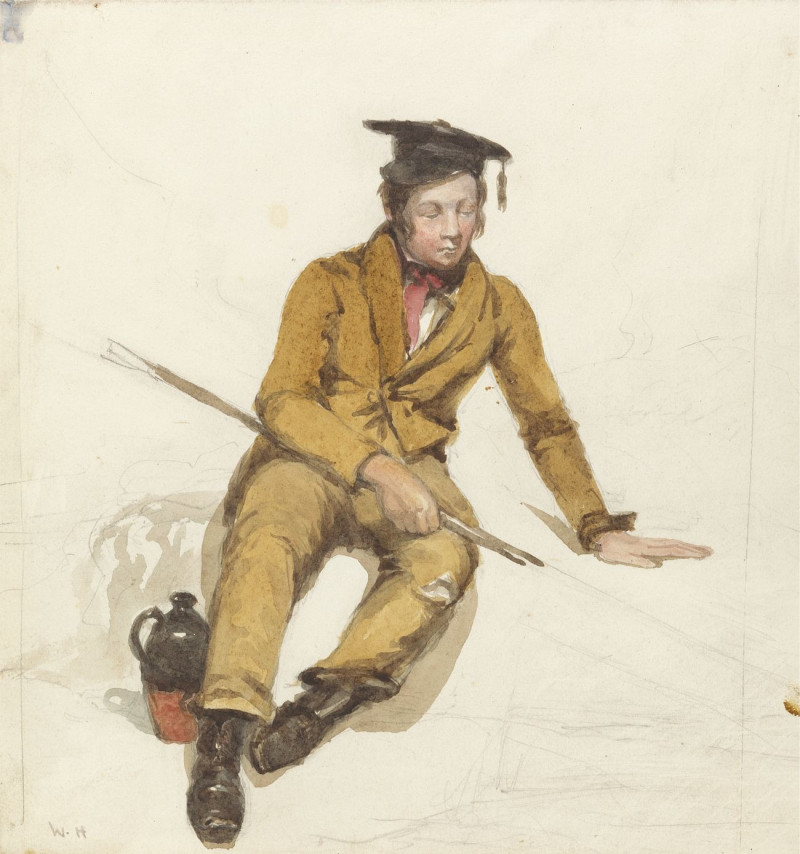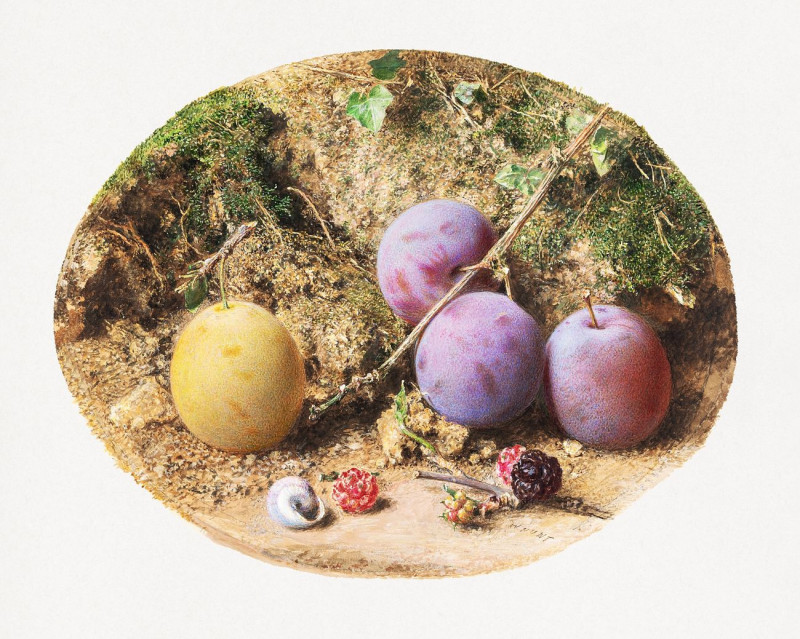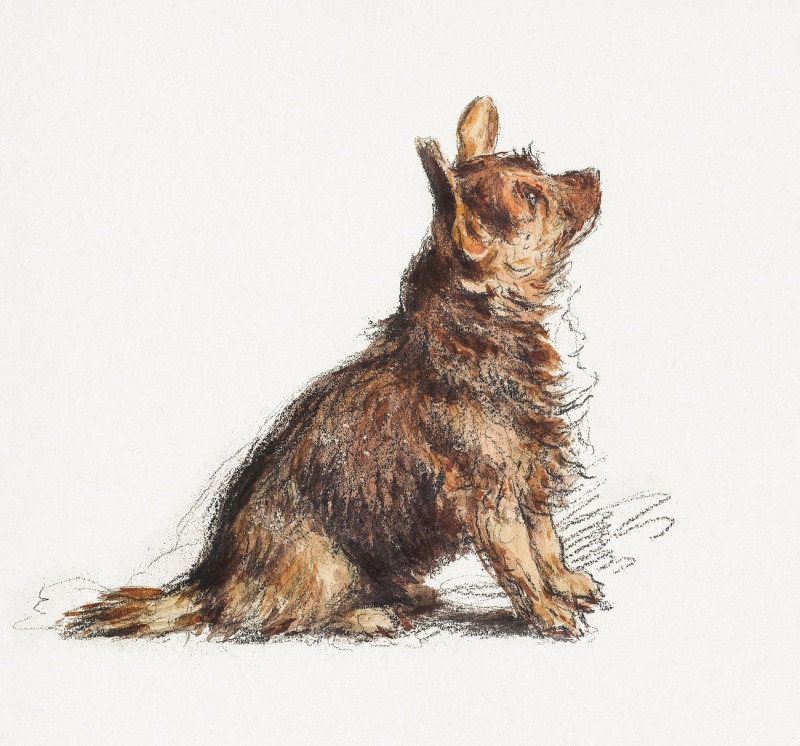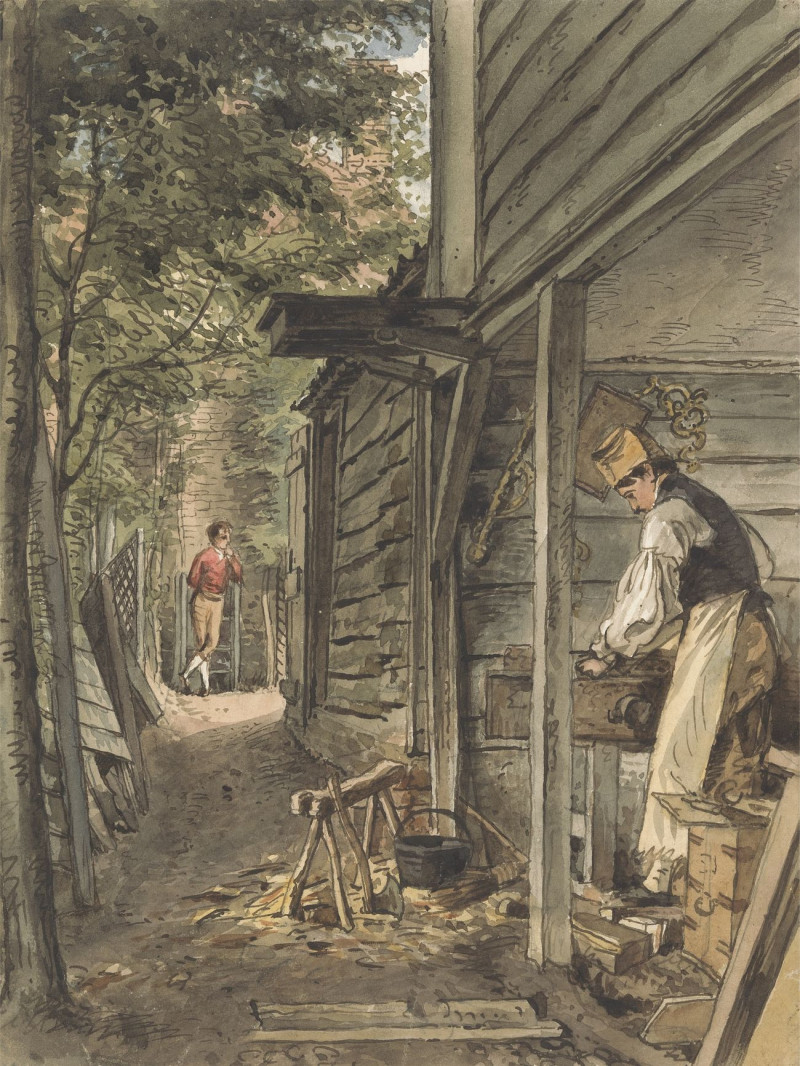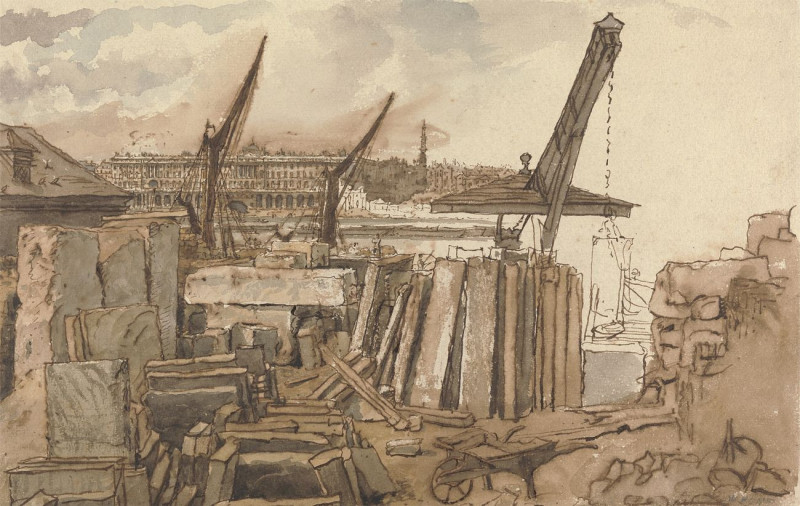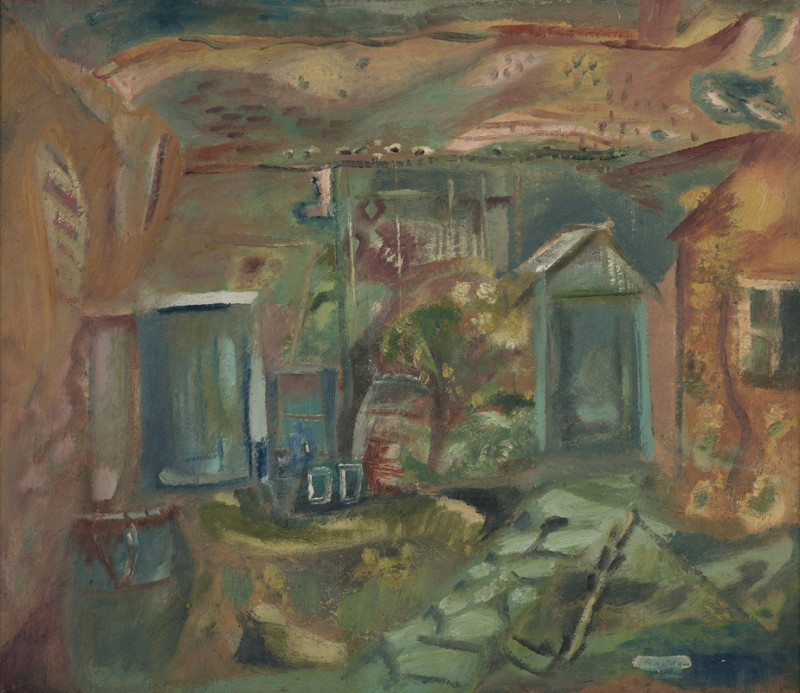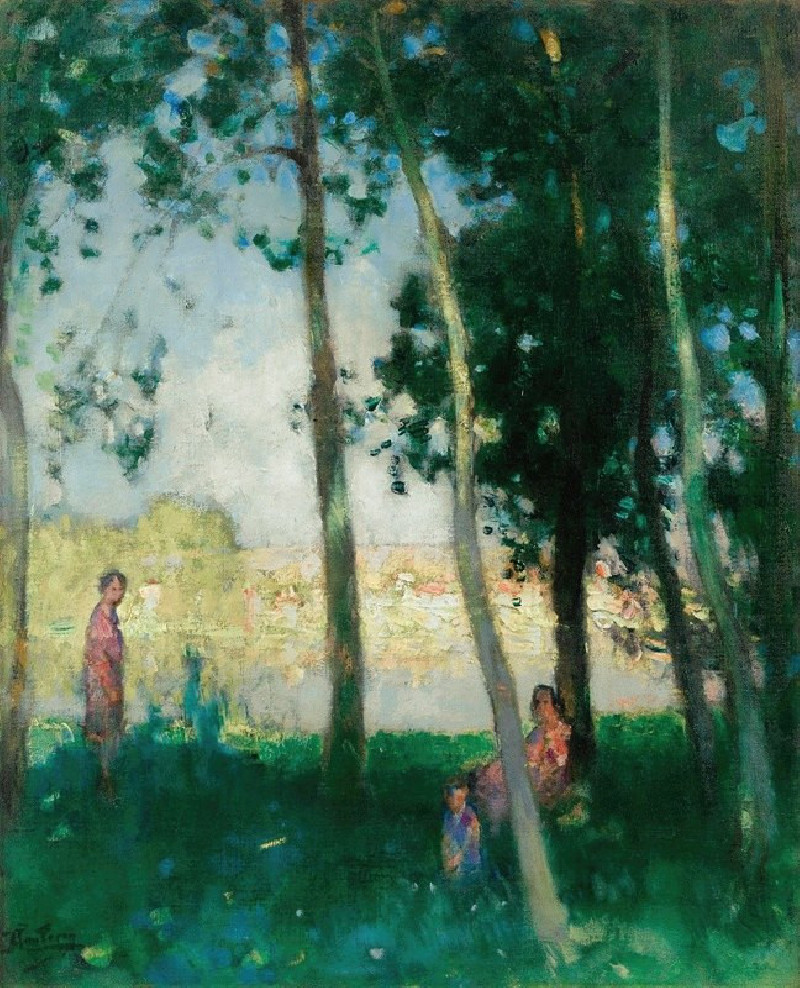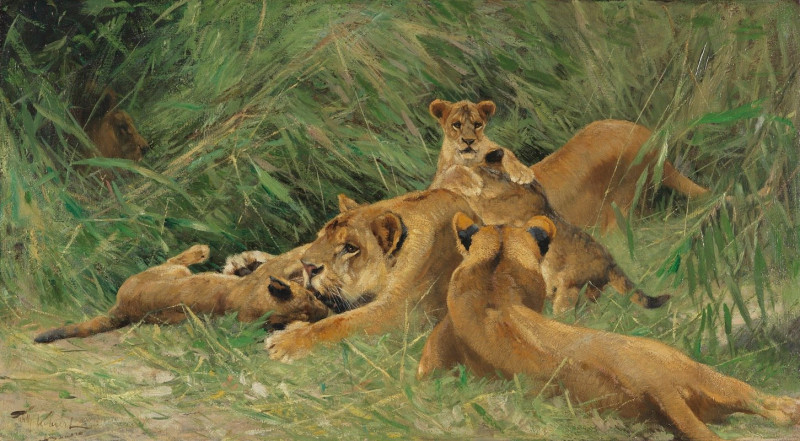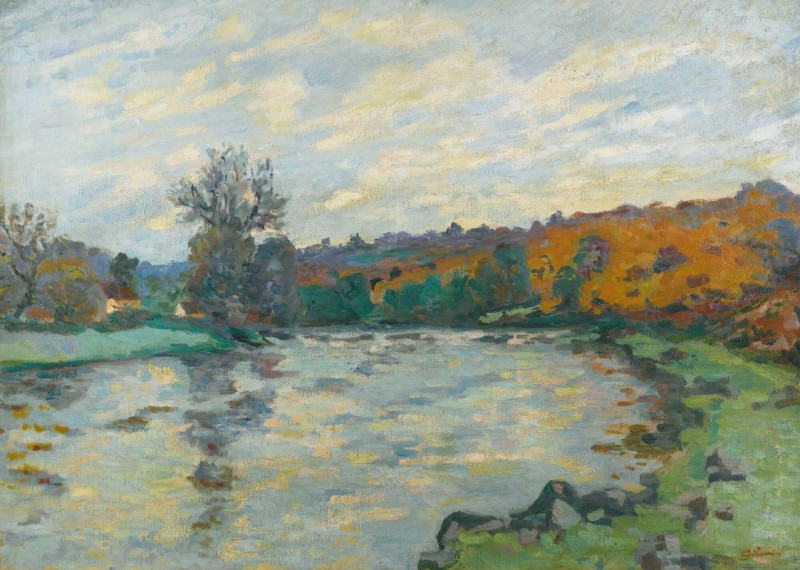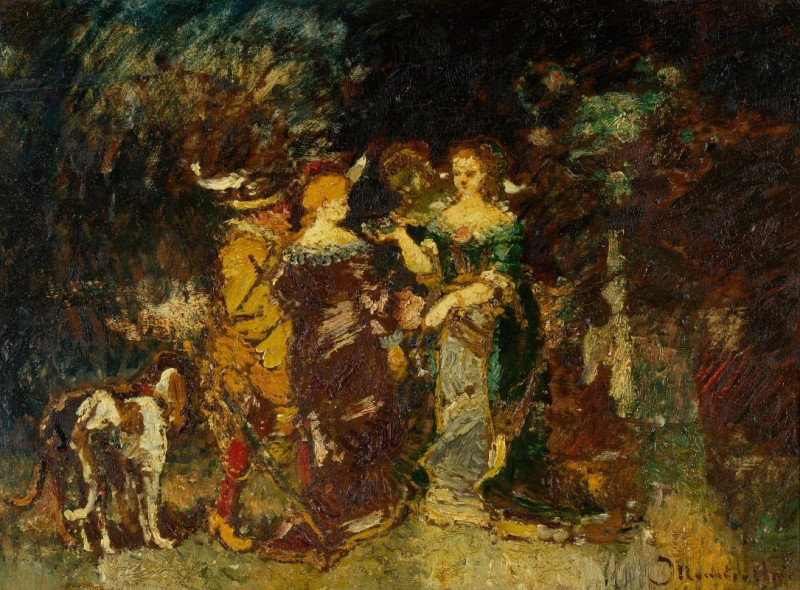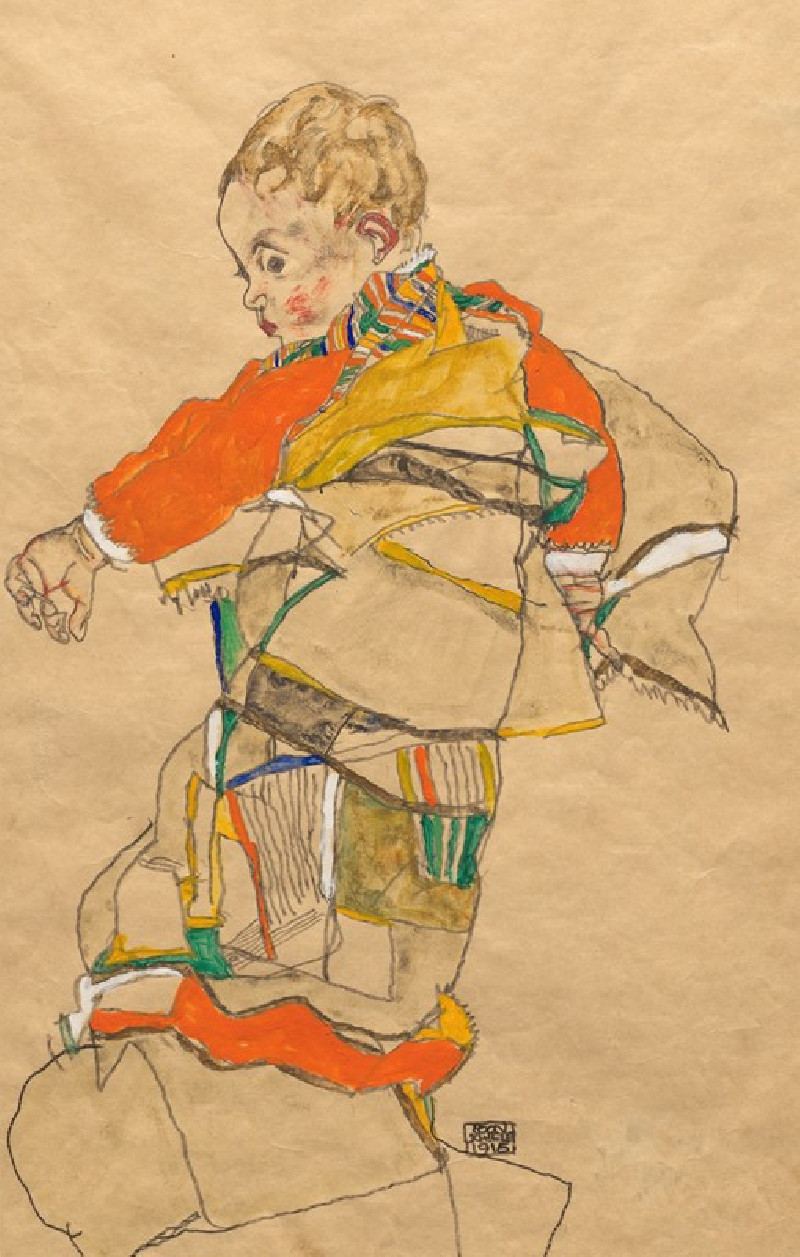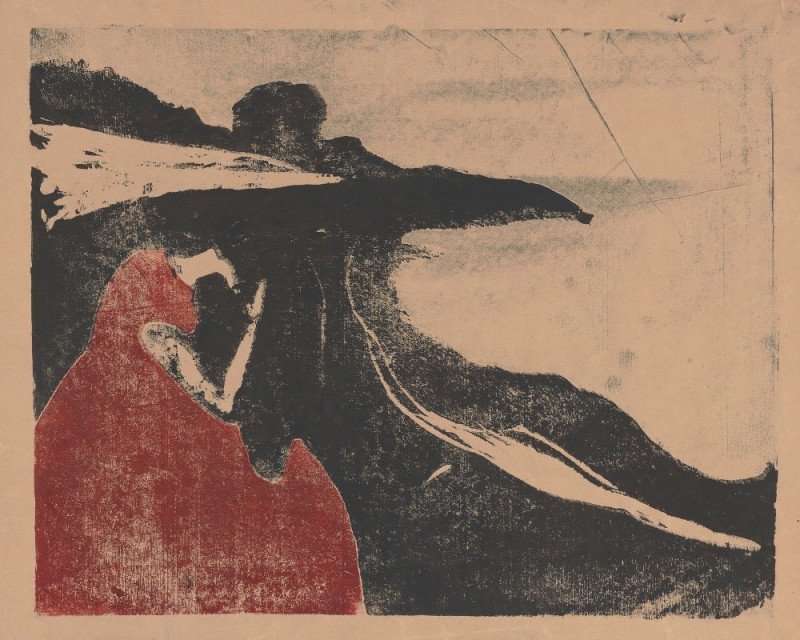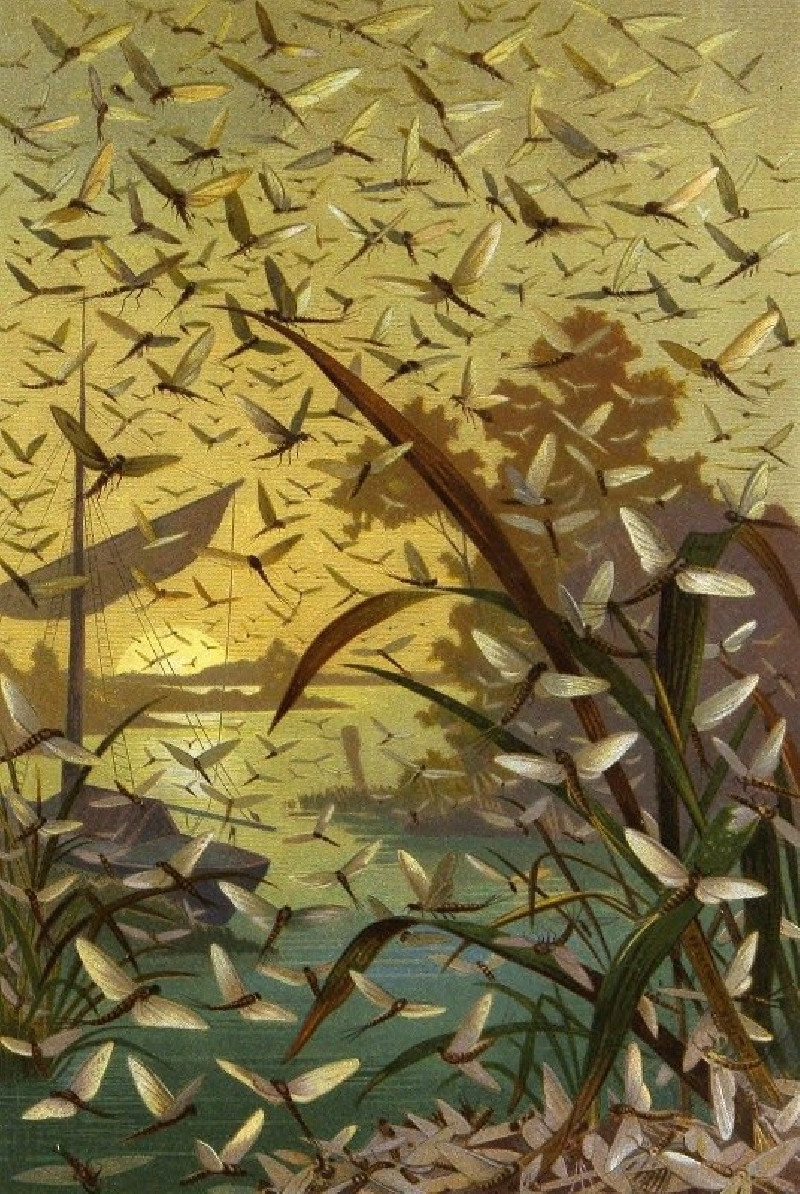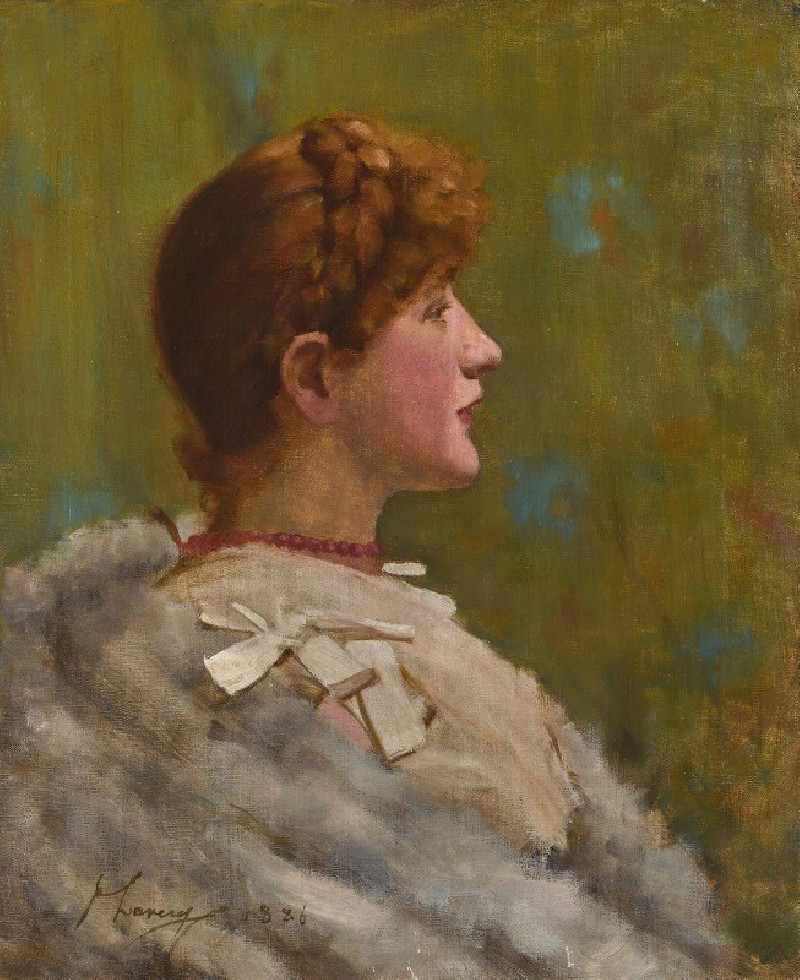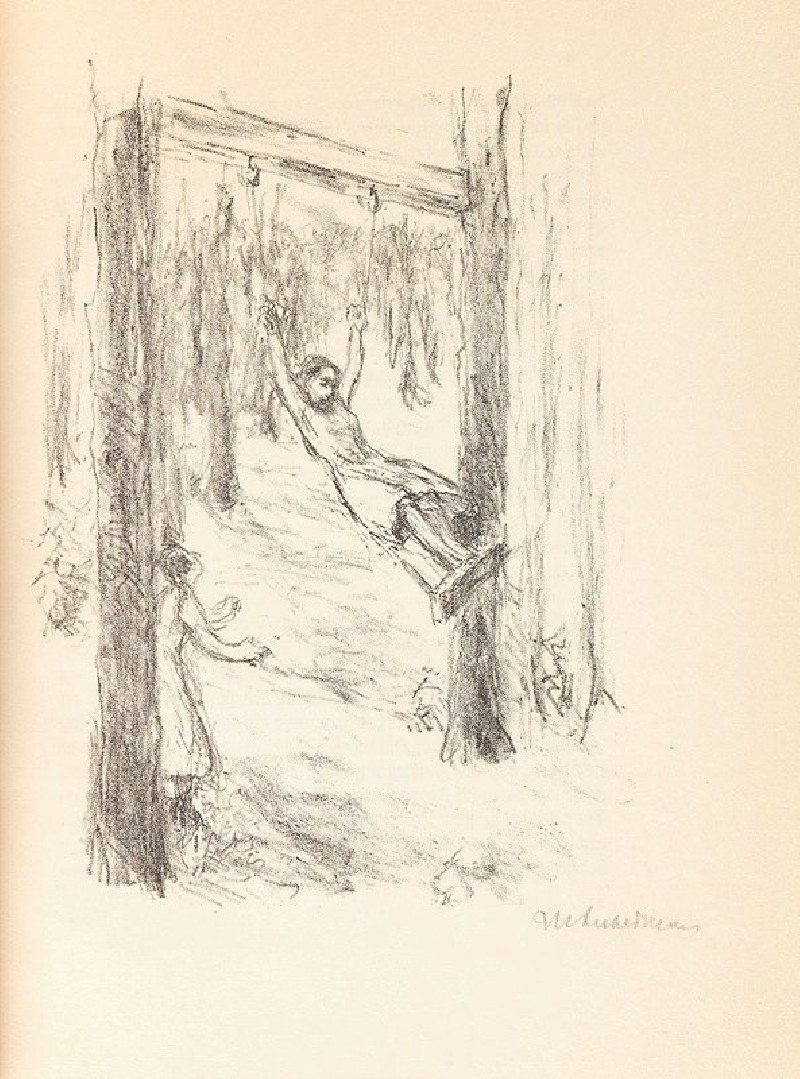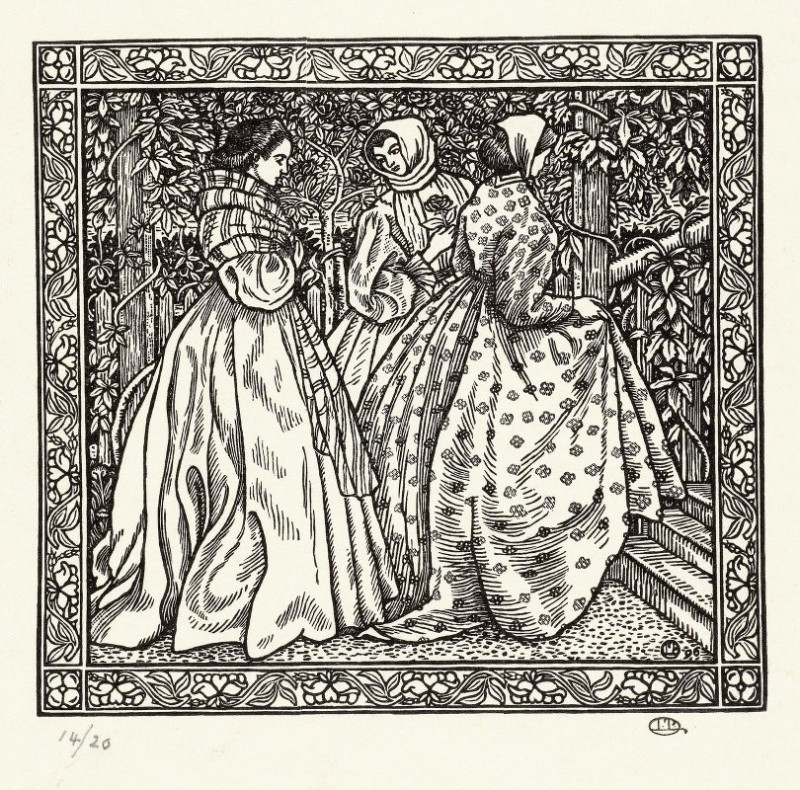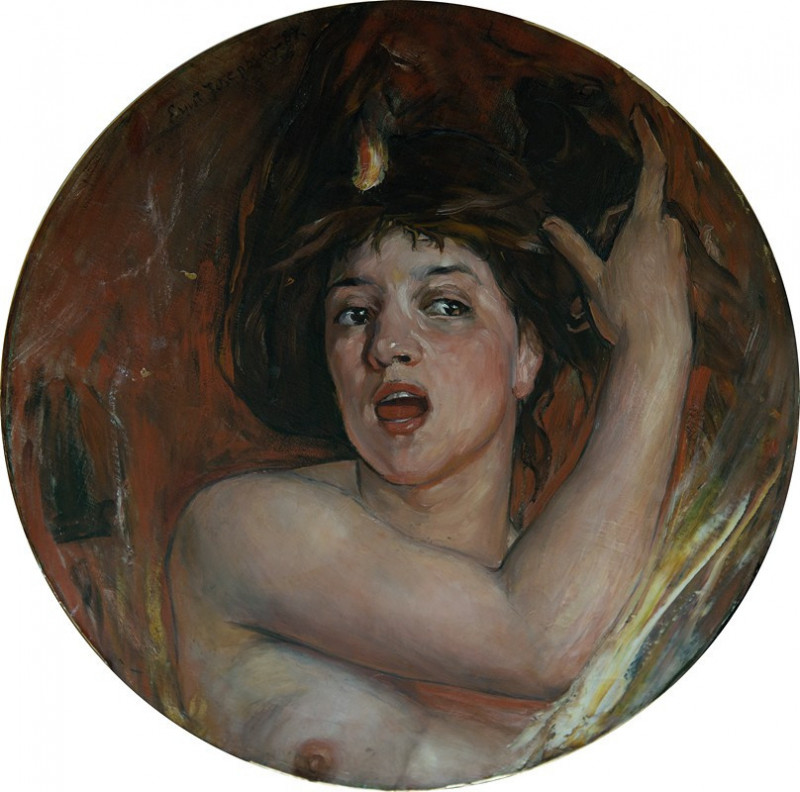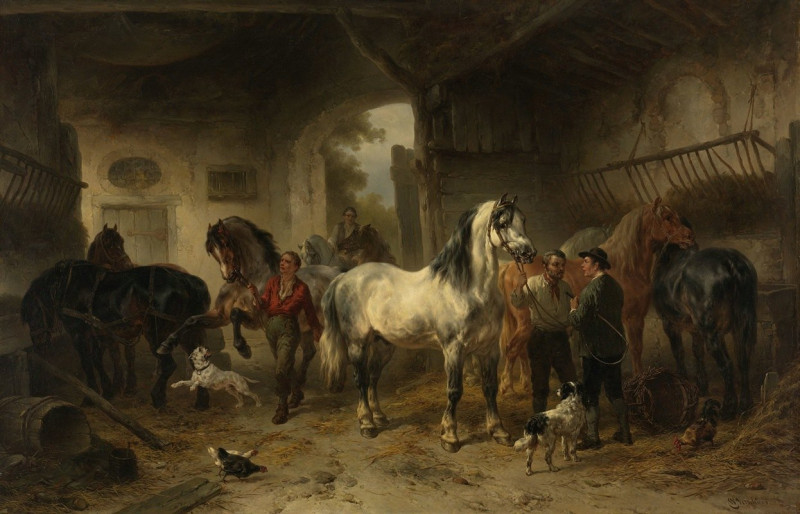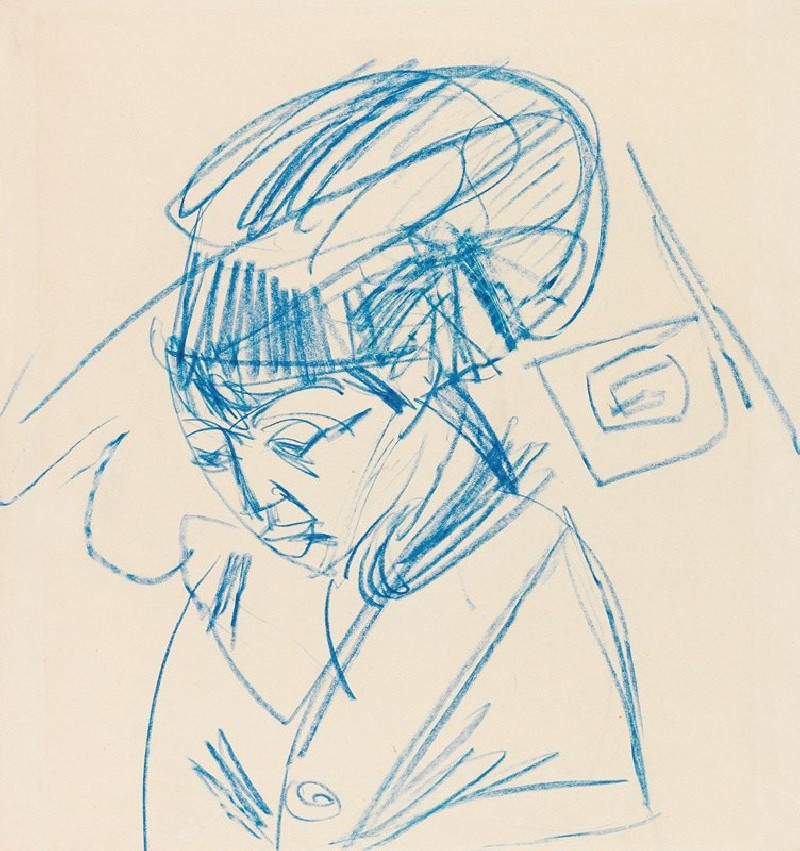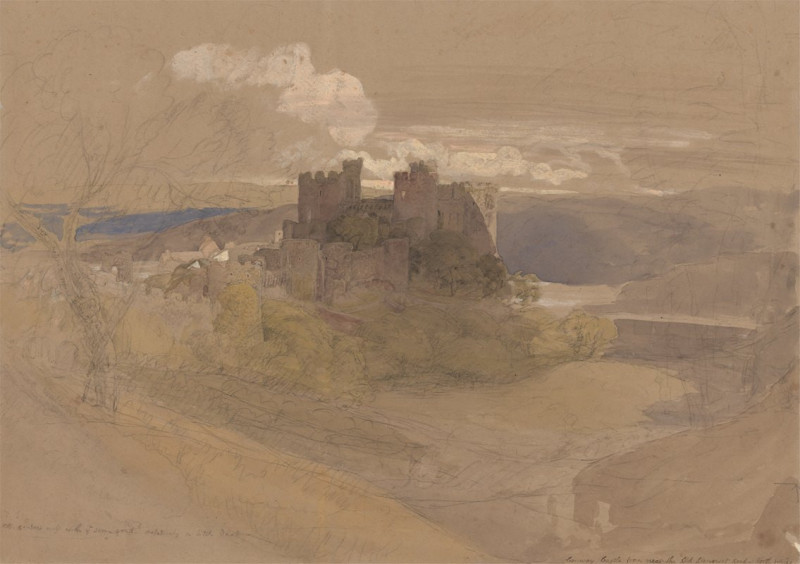A Boy Writing
Technique: Giclée quality print
Recommended by our customers
More about this artwork
This charming painting by William Henry Hunt, titled "A Boy Writing," captures a young boy deeply absorbed in his writing. The depiction is intimate and vividly detailed, highlighting Hunt’s skill in portraying everyday scenes with emotional depth and realism. The boy is shown bent over his work, suggesting a moment of concentration and perhaps learning. His attire is simple, reflecting the utilitarian dress of a 19th-century child, with earthy tones and a hint of a red garment underneath, which adds a pop of color to the otherwise subdued palette.The use of light and texture in the painting emphasizes the boy's engagement, with the brushstrokes creating a soft yet focused image. Hunt's technique, likely involving watercolors and perhaps graphite, gives a gentle but dynamic look, capturing both the texture of the boy’s clothes and the movement of his hair. The background is minimally sketched, ensuring that the viewer's attention remains on the boy and his activity.Overall, the work is a beautiful representation of youthful diligence and the simple, yet profound, act of writing.
Delivery
Returns
William Henry Hunt (1790–1864), a 19th century British painter and watercolorist specialized in still life compositions. His early works were watercolor landscapes and portraits, but he later concentrated on painting still lifes of flowers, fruits, bird nests and eggs, figures in domestic settings and candlelight scenes. He is famous for developing a unique technique to create an enamel-like appearance to his paintings, which influenced many Victorian artists.

